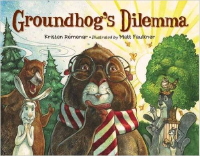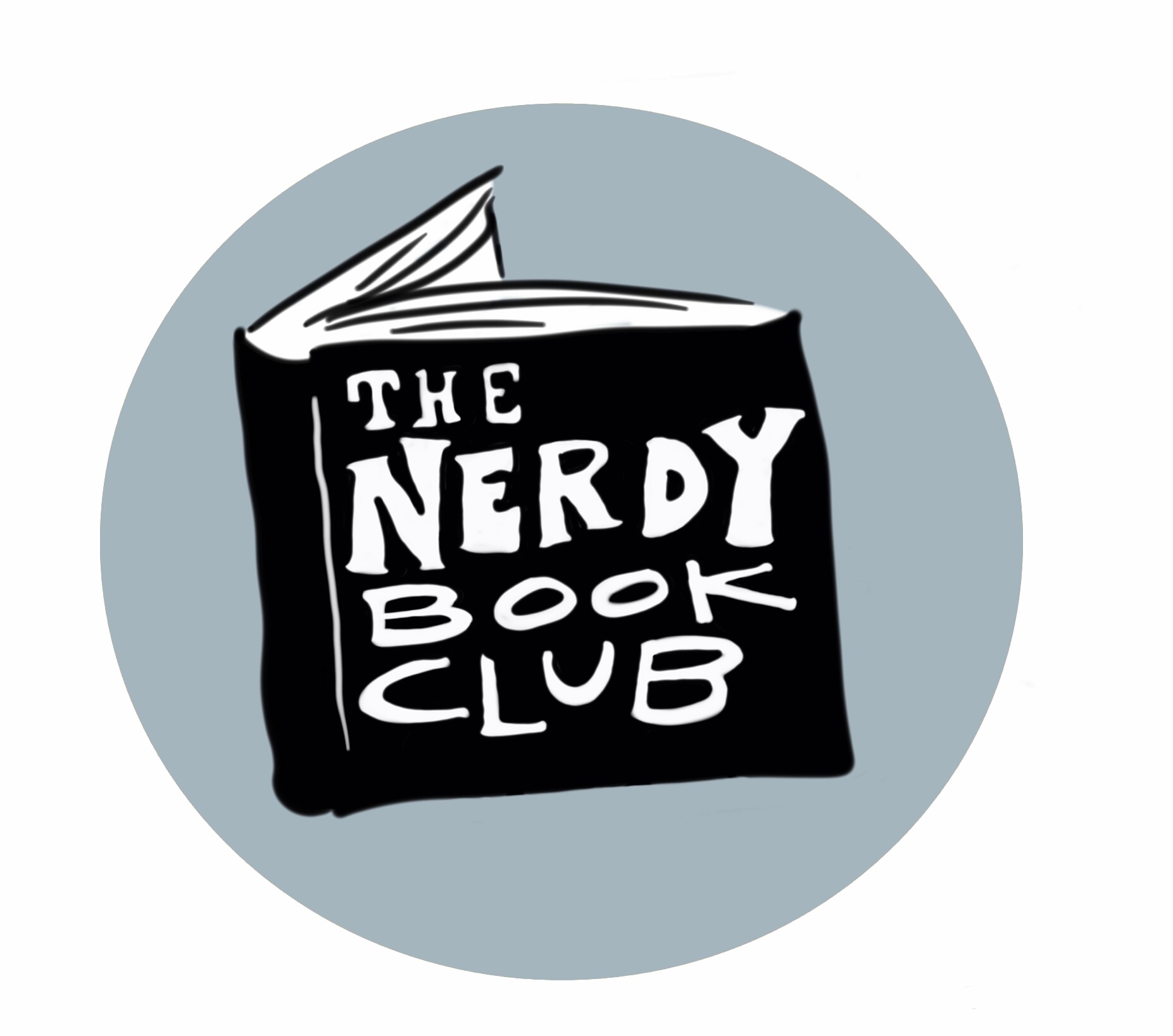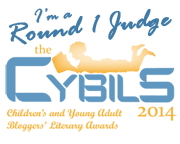Try Food as a Way Into Reading
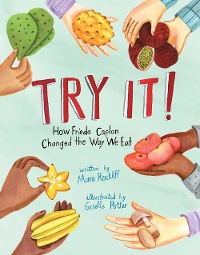
Learning is best done through experience, and food is definitely a way into learning for many of us. To tie reading in with some cool hands-on (and mouths-on) experiences, grab this biography, Try It! How Frieda Caplan Changed the Way We Eat written by Mara Rockliff and illustrated by Giselle Potter.
Apples, bananas, tomatoes, potatoes, these were almost the only things that Frieda Caplan saw when she went to her produce market. But Frieda wanted to try something different.
She brought mushrooms to sell. Everyone thought they were weird.
Until they tried them. Suddenly everyone wanted mushrooms. People even dubbed her the “Mushroom Queen”.
But she wanted more than just mushrooms.
She tried kiwi, jicama, sugar snap peas, cherimoya, champagne grapes. Red bananas, baby corn, star fruit! All kinds of new foods! She brought them all to her produce market.
And people tried them. And liked them!
A master teacher, Ed Spicer, taught his first graders that learning is all about trying. He encouraged his students to celebrate trying something new, even if they weren’t successful at first, even if they didn’t like it – that in itself is learning. You can create really memorable learning experiences by reading Try It! How Frieda Caplan Changed the Way We Eat and talking about new food.
Read this book with your kids/students/campers and talk about foods that seemed weird before you tried them. Are there foods they didn’t like before but now they do? You can make charts together of interesting foods and kids can put their names in the columns of “Yes, I like it” or “No, I don’t like it” or “I don’t know – I haven’t tried it yet”. If you have food magazines, kids can cut out foods they like and foods they want to try. Model for them, if kids start saying something is gross, that you used to think a certain food was gross but that part of growing up is that your tastes develop. Tell them about foods you used to think were weird that you now enjoy.
If you’re working with your own children or with children you know don’t have any fruit/vegetable allergies, you can bring in something like star fruit to try. I have researched allergies and it turns out for almost every food, someone is allergic to it. (Check out verywellhealthy.com – I never knew some kids aren’t bluffing about being allergic to broccoli!) To play it safe with a large group of kids, pick a cooked fruit, like applesauce. (Still, avoid anything with strawberries.) Do you think green applesauce is weird? What about pear sauce? Weird food is only weird until you try it!
Read MorePlay the Book!
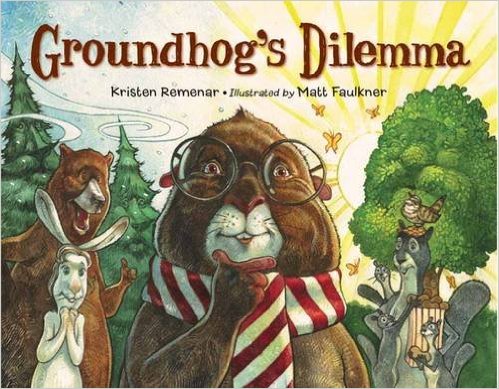
Oh, 2021, we waited all through 2020 for you and frankly, you’re not off to the start we’d hoped for. We’re exhausted in so many ways. We still need to show up for our little ones. We need a bit of lightheartedness. “Playing the book” is a fun way to connect while it helps your child deepen their understanding of a story.
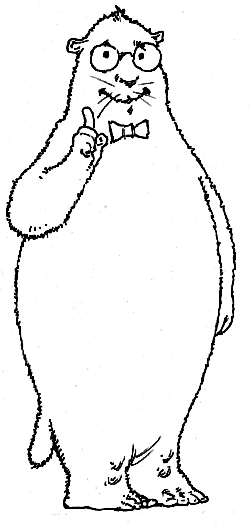
Groundhog and all of his friends are ready to be printed, colored, cut out, and played with!

When a child retells a story, they are showing how much they understand. They are moving from just listening to a book to making connections.
Playing the book lets your child to go beyond retelling by extending the story with their own imagination. Use this link to print out Groundhog and all his friends (or click on the cover of my book in the upper right-hand corner of this screen for puppets and more free fun stuff to do!) Give the characters funny voices when they try to convince Groundhog to make Spring come early or to keep Winter lasting longer. Give the characters new adventures. Take time to play. And may this year bring us all more joy.
Read MoreReading an “Again, again!” book in a new way
Happy Almost-the-End-of-2020! I think this year has been most challenging for those living with or working with small children. How do you keep them enticed if you can’t get new books from the library or from school? How do you keep yourself from going nuts if you’re tired of rereading the same books? Here’s how.
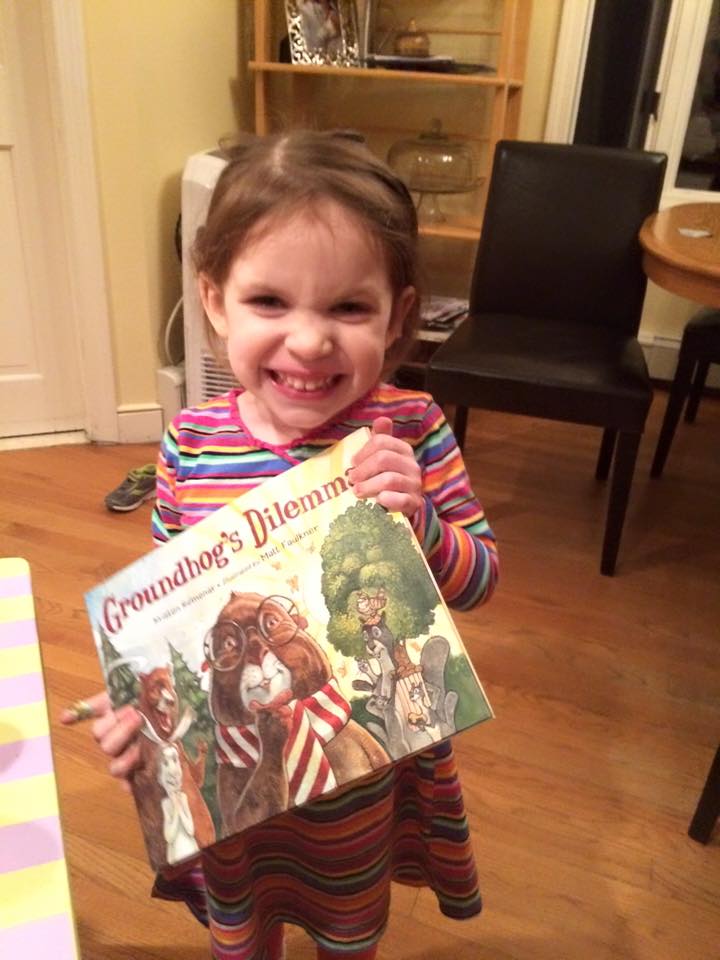
Ask your child, “What do you notice when you look at the cover of this book?” It’s really interesting to hear the details kids notice that we adults may not, the details the illustrator intentionally puts in.
“I see faces in the trees!”
“I see them now, too! Do you notice anything else?”
“The trees have snow on this side and the tree over here doesn’t have snow. So that’s winter and that’s not winter.”
“I wonder why the illustrator drew the trees that way. “
You can talk about what you see until your child is done reading the picture and wants to hear the words. The pictures often give information that the words don’t. Reading pictures is a big part of learning to read words.
This technique of letting kids lead the reading was a big shift for me as a teacher/librarian. I’m eager to get to the words. I’ve often told kids what I want them to learn from the book, trying to pour in knowledge. Lifelong learners are gatherers of knowledge. We can put kids in charge of pulling in meaning first.
Even if it’s a book you’ve read a dozen times, encourage your child to take the lead. They can tell you what they see and show you how their minds are making meaning. You may see the familiar book in a new way when your child says, “Again, again!”
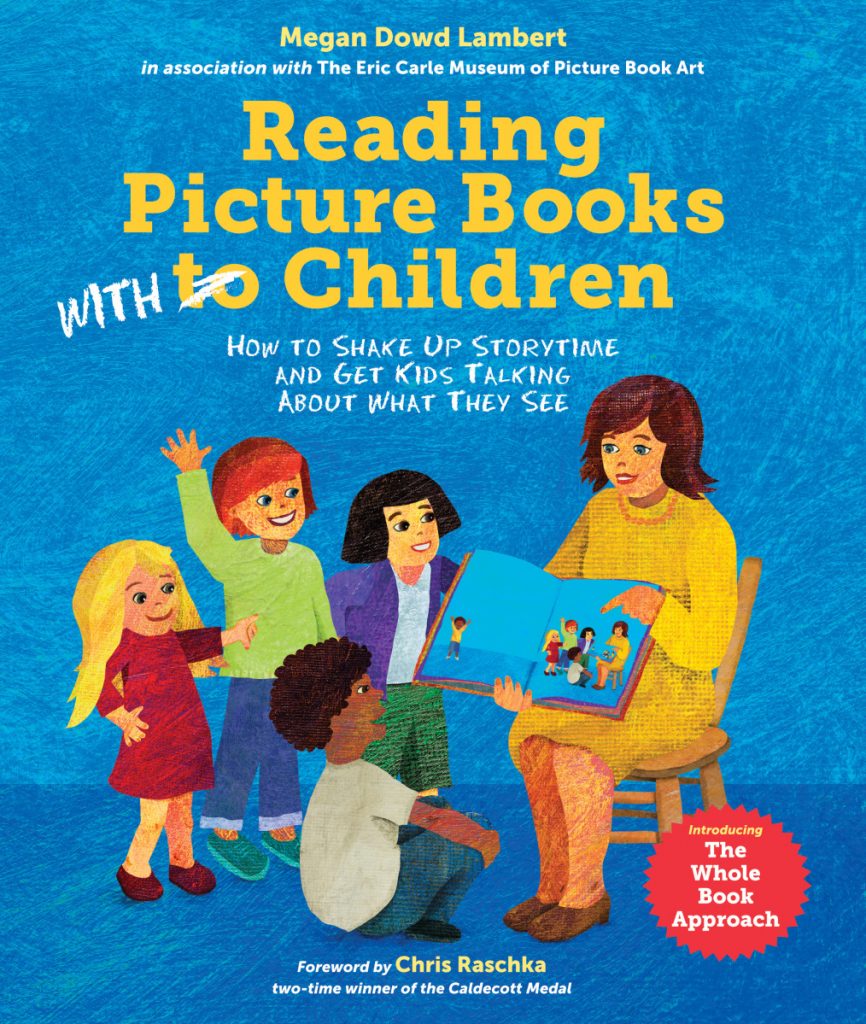
This Whole Book Approach is wonderfully taught by Megan Dowd Lambert in her book, “Reading Picture Books With Children: How to Shake Up Storytime and Get Kids Talking About What They See”. I highly recommend it!
Read MoreIt’s important: “Let’s Talk About Race”

Talking about race is hard for me, but that doesn’t let me off the hook. Racism isn’t either/or, as in I don’t shout hateful slurs therefore I’m not racist. I’m racist because I’d rather hide any prejudice I have from growing up as a white, middle-class, suburban female in America than have important conversations where I might feel uncomfortable. My silence won’t help our kids. So let’s talk about it.
Let’s Talk About Race was written by Julius Lester and illustrated by Karen Barbour. Lester, who sadly died in 2018, wrote, “I am a story. So are you. So is everyone.” He wanted kids to know that being African-American was an important part of his story, not the entirety of it. He wanted to engage kids in conversations to see our differences and our commonalities. “What is your favorite food, your religion, your favorite color, your nationality? All of these things are a part of our stories.” But, he reminds us all, “…some stories are true. Some are not. Those who say ‘MY RACE IS BETTER THAN YOUR RACE’ are telling a story that is not true.”
After you read Let’s Talk About Race with your kids, talk about race! Open up a safe conversation where students can share and ask questions. Work hard not to deny experiences, and challenge with compassion any statements that make others “less than.” And talk about all the other wonderful parts of our stories, from favorite foods to hair color to pet peeves. You can make a questionnaire based on all the elements Lester talks about for kids to answer about themselves. Then, kids can find someone who had the same answer on their list. When we help our children talk about race and equality, we help build a stronger, kinder world.
Read More



